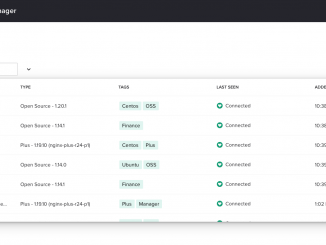
How NGINX App Protect Denial of Service Adapts to the Evolving Attack Landscape
How NGINX App Protect Denial of Service Adapts to the Evolving Attack Landscape As we move more and more aspects of our daily lives online, cyberattackers are keeping pace in their efforts to degrade the level of service provided by the apps we rely on. Their motivations are numerous, ranging from revenge to influencing the stock price of affected companies to creating a smokescreen that distracts security teams from data breaches. In a previous blog, we describe how in the past security teams had to continually develop new defenses against volumetric denial-of-service (DoS) and distributed DoS (DDoS) attacks at the network and transport levels (Layers 3 and 4), which exhaust servers’ available bandwidth by flooding them with TCP/UDP connection requests. Now attackers have added a new tool to their arsenal – DoS and DDoS attacks that use HTTP requests or API calls [ more… ]

